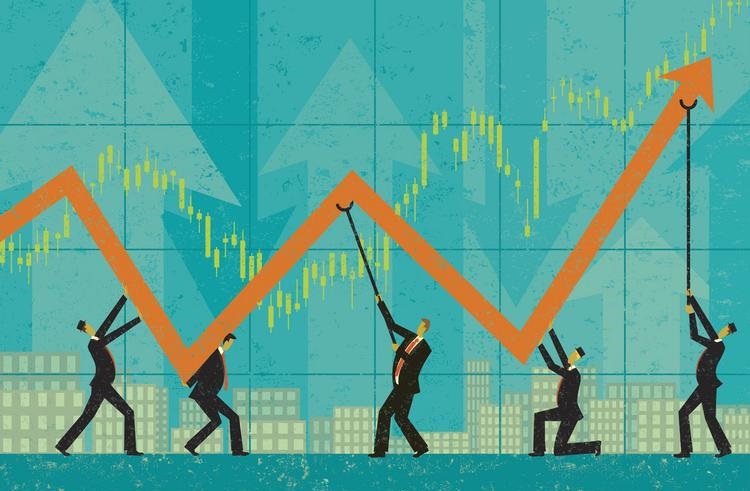The economic cycles: how to understand it and benefit from it (part 3)
- George Solotarov
- Hits: 404
In the previous article, we talked about Phases of the Economic Cycle and Economic Cycle Indicators. Today we will learn about the most famous economic cycles.
Traditionally, there are the following basic types of economic cycles:
- Kitchin cycles (the short-term, typical period is 3-4 years). In the 1920s, English economist Joseph Kitchin put forward a theory that explained short-term fluctuations of the economy by changes in world gold reserves. The cycle itself was correctly noted, but today economists explain Kitchin's cycles by time lags - delays in firms getting the commercial information they need to make decisions. For example, when the market becomes saturated with goods, it is necessary to reduce production. But due to the time lag in decision-making, the real action is delayed. As a result, resources are wasted, and the warehouses contain a surplus of hard-to-sell goods.
- Juglar cycles (medium-term, typical period: 7-11 years). The French economist Clément Juglar regarded cycles not only as fluctuations in supply and demand but also in terms of investment. He proceeded from the fact that industrial equipment changes on average every 10 years, and this process should be taken into account as a determining one. It follows from his calculations that investment in new equipment occurs in a wave-like fashion and generally resembles very much the phases of cycles. Indeed, there is a phase of growth and stability following the infusion of funds into production, and there is a decrease in productivity and a slump as equipment becomes less productive.
- Kuznets' rhythms (medium-term, characteristic period - 15-20 years). Simon Kuznets, an American economist of Russian origin, derived his economic cycles from demographic data and building cycles. In his opinion, over 15-20 years, demographic conditions change radically and the technologies used become obsolete. Smith's rhythms have much in common with Juglar's theory.
- Kondratiev's long waves (long-term, characteristic period - 45-60 years). The theory of these cycles (perhaps the most famous in economic science) is based on historical data of major infrastructural shifts: new technologies, transition to the exploitation of other resources, etc. According to this theory, economic cycles in human history were triggered by such fundamental inventions as the steam engine, railroads, electricity, the internal combustion engine, and computers - or rather, by the changes in the structure of society production caused by them.
We hope this information was of interest to you and will be useful to you in the future. Stay tuned for our other interesting articles.
